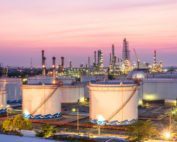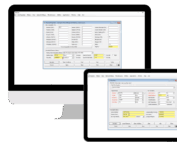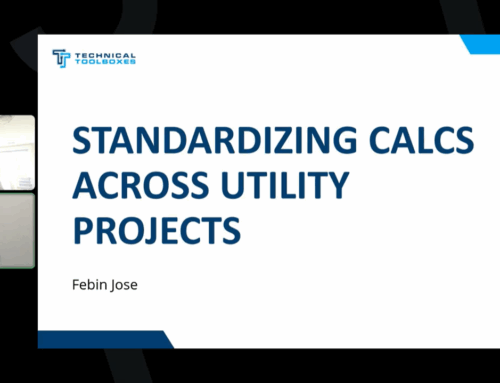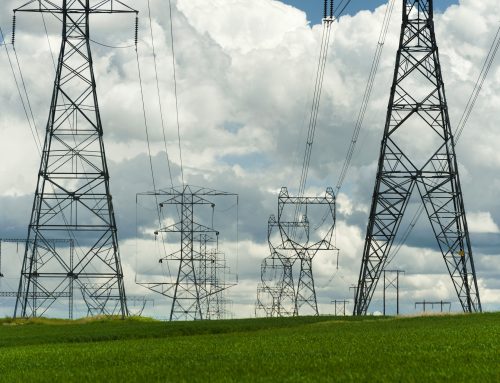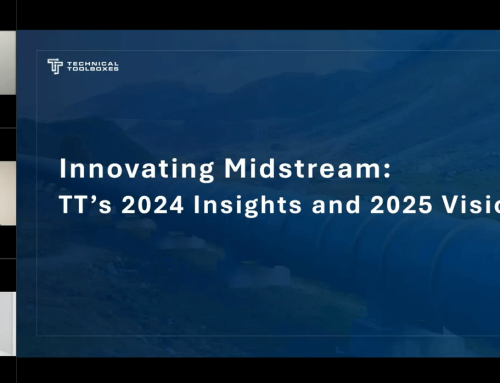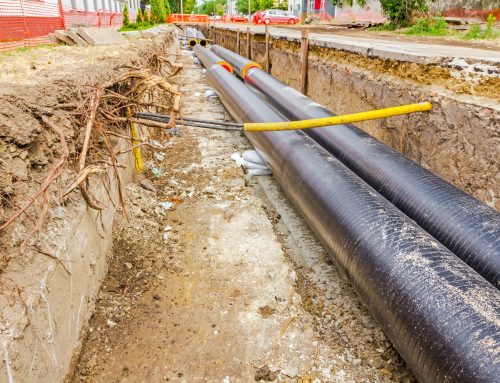Understanding and Applying AGA and Colebrook-White Equations in Your Pipeline Projects
By Febin Mathews Jose, Product Manager
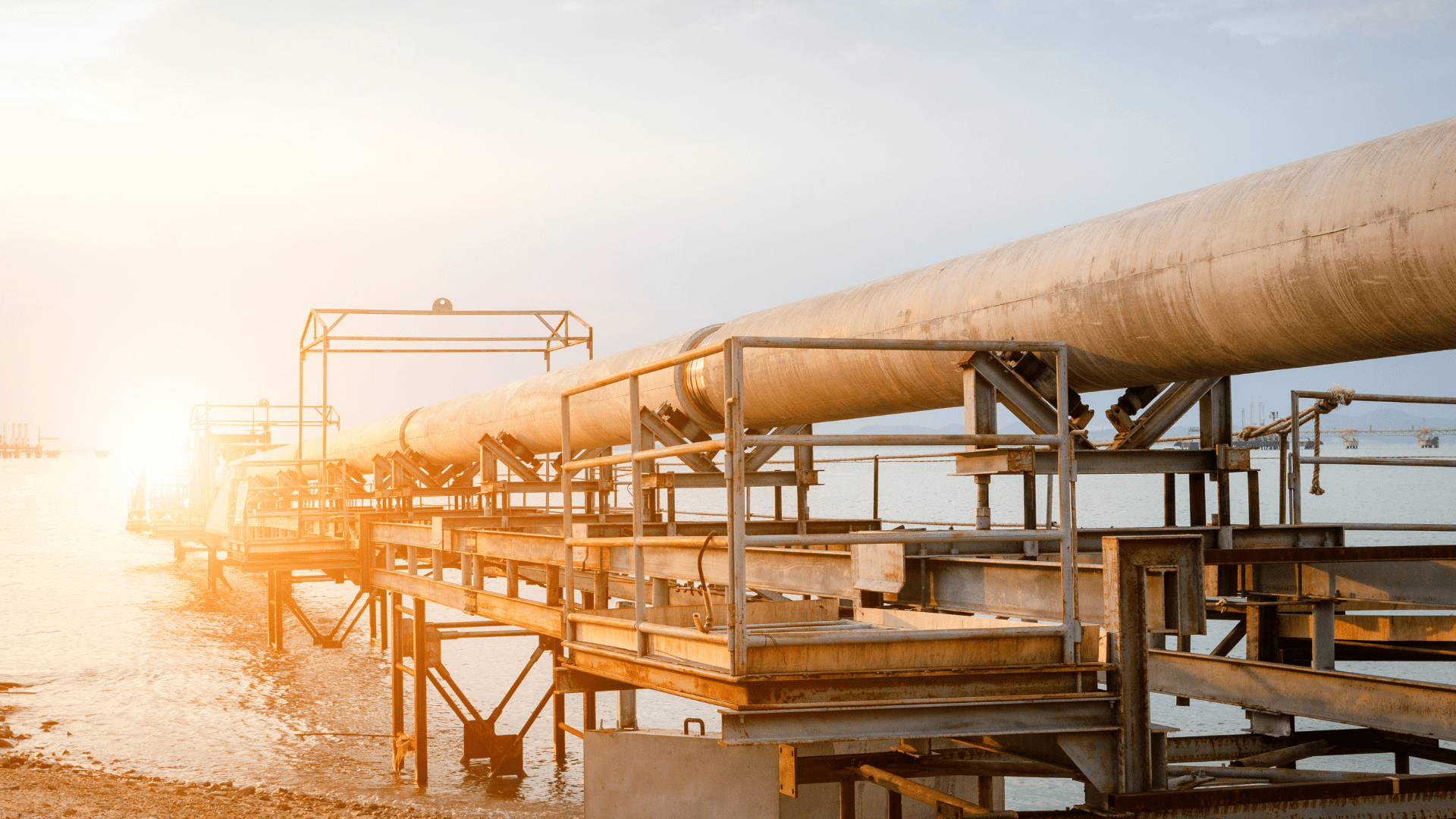
Introduction: Simplifying Complexity in Pipeline Hydraulics
Pipeline engineers frequently navigate the complexities of fluid dynamics, especially when analyzing gas and liquid flows. Among the myriad tools available, the AGA (American Gas Association) and Colebrook-White equations remain fundamental in ensuring efficient pipeline design and operation. This blog explores their applications in modern pipeline projects, focusing on their integration with tools like the Technical Toolboxes Pipeline Toolbox (PLTB).
What Are AGA and Colebrook-White Equations?
- AGA Equations for Gas Pipelines: The AGA equations, particularly those for fully turbulent flow, are vital for calculating gas flows under various operating conditions. These semi-empirical formulas allow engineers to model pressure losses and optimize pipeline performance while adhering to AGA standards in pipeline engineering.
- Colebrook-White for Liquid Pipelines: The Colebrook-White equation is a cornerstone for hydraulic analysis in pipelines, enabling precise calculations of friction factors based on pipe roughness and Reynolds number. It’s indispensable for determining head losses in pipelines carrying liquids.
Application in Pipeline Projects
Using AGA Equations
In gas pipelines, the AGA manual provides a reliable method for blowdown calculations and steady-state analysis. Engineers utilize these equations to:
- Model pressure losses across different segments.
- Optimize compressor station placements.
- Ensure compliance with AGA standards, which improve operational safety and cost efficiency.
Technical Toolboxes’ PLTB streamlines this process by offering pre-configured modules for AGA calculations, eliminating manual errors and reducing engineering time.
Applying Colebrook-White in Design
The Colebrook-White equation’s adaptability to varying flow regimes makes it a powerful tool in designing liquid pipelines. Engineers can:
- Predict flow rates and pressure drops with high accuracy.
- Adjust designs for pipe material and roughness.
- Balance cost and efficiency in pumping systems.
With PLTB, users can input pipeline parameters directly, and the software auto-populates relevant calculations, integrating with GIS for enhanced visualization.

Real-World Benefits of Using AGA and Colebrook-White Equations
- Improved Operational Efficiency: Leveraging these equations enables precise modeling of fluid dynamics, ensuring that pipelines operate near optimal conditions.
- Enhanced Safety and Compliance: Adhering to AGA standards and using the Colebrook-White equation for hydraulic analysis align operations with industry regulations, minimizing risks.
- Streamlined Workflow: Tools like PLTB integrate AGA and Colebrook-White functionalities, automating repetitive tasks and freeing engineers to focus on decision-making.
Why Technical Toolboxes?
With over 250 calculations tailored for pipeline engineering, the Technical Toolboxes Pipeline Toolbox is the industry standard for AGA and Colebrook-White applications. Features include:
- Smart automation for reducing manual data entry.
- Centralized data repository for seamless collaboration.
- Integrated GIS for enhanced project visualization.
Closing Thoughts
Understanding and applying the AGA and Colebrook-White equations can revolutionize your approach to pipeline projects. By adopting solutions like PLTB, you can simplify complex calculations, ensure compliance, and enhance pipeline integrity.
Are you ready to elevate your pipeline projects? Explore how the Pipeline Toolbox can integrate AGA and Colebrook-White equations into your workflow today.
Suggested Post
Why API Inspections Still Matter More Than Ever
Why API Inspections Still Matter More Than Ever By Kesley Price In an industry [...]
How Utility Teams are Standardizing Pipeline Calcs
How Utility Teams are Standardizing Pipeline Calcs By Kesley Price Engineering teams working in [...]
GASCalc and GASWorkS are Now Part of Technical Toolboxes
GASCalc and GASWorkS are Now Part of Technical Toolboxes We are pleased to announce that Technical Toolboxes has acquired the [...]


